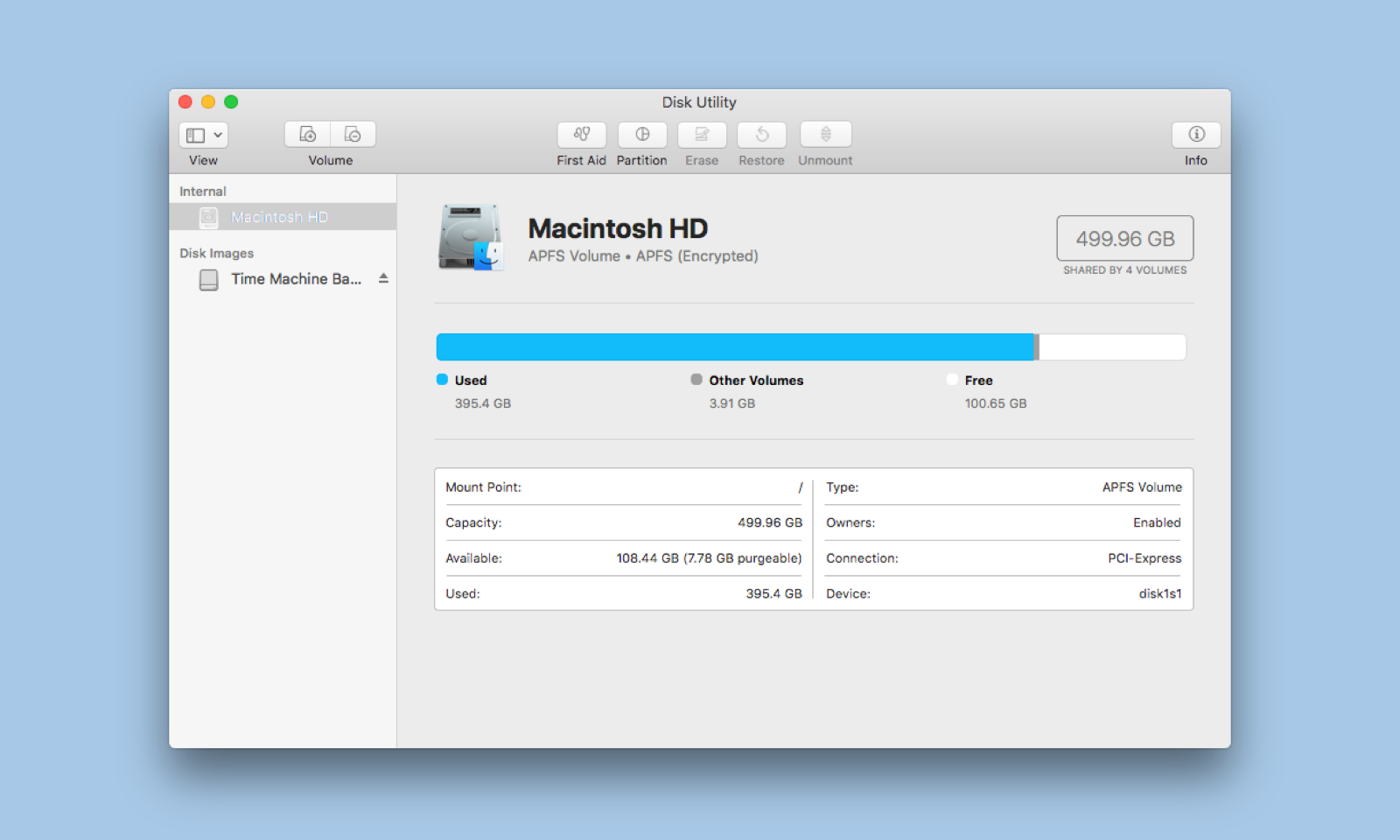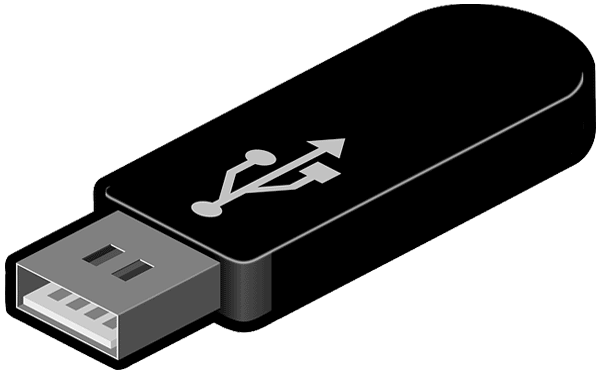
By default, Mac starts from its built-in hard disk, but a startup disk can be any storage device that contains bootable contents that compatible with your Mac. For example, if you install macOS or Microsoft Windows on a USB drive, your Mac can recognize that drive as a startup disk. This guide provides 2 ways to boot a Mac from a USB flash drive.
Requirement
Recoverit Data Recovery software can easily help you recover lost files from flash drive, even the drive got damaged/corrupted, formatted, virus attack and the file system crashed. Recoverit - The Best USB Flash Drive Recovery Software Undeleted files from flash drive which not recognized on Windows and Mac. Step 2 Scan for lost files on the USB flash drive iSkysoft Data recovery will quickly scan the USB flash drive for lost data. It will then show you a preview of the files that it has found on the USB flash drive. You may refine the scanning process by making certain selections or using inbuilt features. Scan for particular file types or files. 6 Free USB Flash Drives / Portable HDD Password And Encryption Tools. 80+ FREE Minimalist ABC Smartphone Flash Cards & Tracking Worksheets. 6 Freeware For Re-partitioning A Hard Drive Without Formatting The Disk. 8 Freeware To Check & Repair SSD Hard Disk With Bad Sectors.

Starting up your Mac from an external disk requires the following:
- Intel-based Mac.
- Bootable USB thumb drive formatted with a GUID partition type and containing an OS X installer or a usable operating system.
Let's see how to boot a Mac from a bootable USB drive and what to do if your Mac doesn't start up from it.
Way 1: Boot Mac from USB Drive using Startup Manager
Getting your Mac to load from a USB drive is fairly straightforward. Use the following steps, you can easily set Mac boot from an external drive in Startup Manager, so it'll only boot from USB that one time.
Step 1: Insert the USB boot media into a USB slot.

Step 2: Turn on your Mac (or Restart your Mac if it's already on).
Step 3: Press and hold the Option Free dav converter for mac. key immediately after you see the Apple logo. Holding that key gives you access to OS X's Startup Manager. Once the Startup Manager screen appears, release the Option key. The utility will look for any available drives that include bootable content.
Step 4: Using either the pointer or arrow keys on the keyboard, select the USB drive you wish to boot from. Once selected, either hit the Return key or double-click your selection. The machine will start to boot from the USB drive.
Way 2: Set a Mac Boot from USB Drive using Startup Disk
When you use Startup Disk preferences to set Mac boot from an external drive, so it'll boot from that disk until you choose a different one. Here is how:
Usb Flash Drive Repair Software Mac Pro
Step 1: Go to Apple menu > System Preference, then click Startup Disk.
Animation apps for youtube on mac. Step 2: Click the locked icon and then enter your administrator password.
Step 3: Select External drive as the startup disk, then restart your Mac.


By default, Mac starts from its built-in hard disk, but a startup disk can be any storage device that contains bootable contents that compatible with your Mac. For example, if you install macOS or Microsoft Windows on a USB drive, your Mac can recognize that drive as a startup disk. This guide provides 2 ways to boot a Mac from a USB flash drive.
Requirement
Recoverit Data Recovery software can easily help you recover lost files from flash drive, even the drive got damaged/corrupted, formatted, virus attack and the file system crashed. Recoverit - The Best USB Flash Drive Recovery Software Undeleted files from flash drive which not recognized on Windows and Mac. Step 2 Scan for lost files on the USB flash drive iSkysoft Data recovery will quickly scan the USB flash drive for lost data. It will then show you a preview of the files that it has found on the USB flash drive. You may refine the scanning process by making certain selections or using inbuilt features. Scan for particular file types or files. 6 Free USB Flash Drives / Portable HDD Password And Encryption Tools. 80+ FREE Minimalist ABC Smartphone Flash Cards & Tracking Worksheets. 6 Freeware For Re-partitioning A Hard Drive Without Formatting The Disk. 8 Freeware To Check & Repair SSD Hard Disk With Bad Sectors.
Starting up your Mac from an external disk requires the following:
- Intel-based Mac.
- Bootable USB thumb drive formatted with a GUID partition type and containing an OS X installer or a usable operating system.
Let's see how to boot a Mac from a bootable USB drive and what to do if your Mac doesn't start up from it.
Way 1: Boot Mac from USB Drive using Startup Manager
Getting your Mac to load from a USB drive is fairly straightforward. Use the following steps, you can easily set Mac boot from an external drive in Startup Manager, so it'll only boot from USB that one time.
Step 1: Insert the USB boot media into a USB slot.
Step 2: Turn on your Mac (or Restart your Mac if it's already on).
Step 3: Press and hold the Option Free dav converter for mac. key immediately after you see the Apple logo. Holding that key gives you access to OS X's Startup Manager. Once the Startup Manager screen appears, release the Option key. The utility will look for any available drives that include bootable content.
Step 4: Using either the pointer or arrow keys on the keyboard, select the USB drive you wish to boot from. Once selected, either hit the Return key or double-click your selection. The machine will start to boot from the USB drive.
Way 2: Set a Mac Boot from USB Drive using Startup Disk
When you use Startup Disk preferences to set Mac boot from an external drive, so it'll boot from that disk until you choose a different one. Here is how:
Usb Flash Drive Repair Software Mac Pro
Step 1: Go to Apple menu > System Preference, then click Startup Disk.
Animation apps for youtube on mac. Step 2: Click the locked icon and then enter your administrator password.
Step 3: Select External drive as the startup disk, then restart your Mac.
What to do if your Mac does not boot from the selected drive
If you see a message prompts that your security settings do not allow this Mac to use an external startup disk, check the External Boot setting in Startup Security Utility, and then allow your Mac to use an external startup disk.
Step 1: Open Startup Security Utility. Metex ms 9150 manual transmission manual.
Turn on your Mac, then press and hold Command (⌘) + R immediately after you see the Apple logo. Your Mac starts up from macOS Recovery. When you see the macOS utility window, choose Utilities > Startup Security Utility from the menu bar. When you're asked to authenticate, click Enter macOS Password, then choose an administrator account and enter its password.
Step 2: Select 'Allow booting from external media'.
If you want to select an external startup disk before restarting your Mac, quit Startup Security Utility, then choose Apple menu > Startup Disk.
Note: If you're using Boot Camp in a dual-boot Windows/OS X environment, you may be unable to boot negatively into supported versions of Microsoft Windows XP, Windows Vista or Windows 10 operating systems installed on external USB hard drive.
Make sure disk has been formatted with a GUID partition type
Intel-based Macs support starting from an external USB storage device's volume that has been formatted with a GUID partition type. If you wish to boot from the drive, it's important to format the partition as 'GUID Partition Table' rather than either of the other two ahead of time when you use that drive as a bootable drive.
Usb Flash Drive Repair Software Mac
Make sure your disk is bootable
Flash Drive Repair Software Free
Volumes that aren't bootable and don't contain a copy of a valid operating system aren't listed in Startup Disk or Startup Manager. Make sure the external drive you're trying to start from contains a usable operating system.
